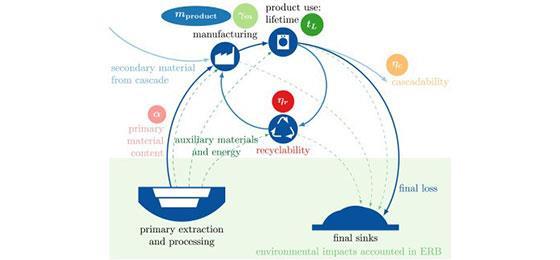Increasing the benefits of resources through the design of circular products and services
15.12.2020
Extraction, processing and final disposal of primary resources is responsible for a major share of global environmental burdens. Therefore, resource consumption needs to be limited to a level the Earth can tolerate. Circular strategies aim to reduce the need for primary resources by increasing material cycling or extending the lifespan of products. The design is an important lever for controlling the environmental impact of a product or a service. But which strategy is the most effective and where should we focus our design efforts?
A research team at Empa developed the “resource pressure design method”, a new approach to steer design decisions towards more sustainable products and services with qualitative guidelines and a quantitative indicator. The aim of the method is to reduce the pressure on primary resources and associated environmental impacts. To achieve this both primary material input and final losses need to be reduced. This objective is related to six design parameters: mass in product, product lifetime, manufacturing losses, primary material content, recyclability and cascadability.
This new method guides design decisions towards more sustainable products and services. It does not replace Life Cycle Assessments, but rather complements them by offering a quantitative assessment throughout the design phase.
